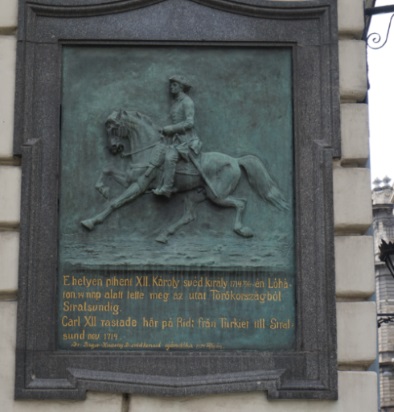Topic: Diplomacy
On 2 June 1703 Palmquist sent his next report from The Hague. He had again met with the Grand Pensionary Heinsius. The Swedish had emphasized the importance of putting stop to all Russian recruitment in the Netherlands and to stop anyone from leaving for service in the Czar's navy. Heinsius promised to speak to both the Admiralty in Amsterdam as well as to mayor Nicolaes Witsen.
Palmquist next wrote on 6 June. He had again spoken to Heinsius, who had expressed concern about events in Poland. What if Charles XII after capturing Thorn (under siege) and Elbing would turn his attention to Danzig? It would not please the Dutch or the English, Heinsius said. Well, Palmquist had replied, Thorn was only under attack because Saxon forces were inside. Danzig would only be in danger if the Saxons took control of it, which seemed unlikely. They had also touched on the matter of the Russian recruitment. Heinsius assured Palmquist that he had spoken with both the Admiralty and particularly mith mayor Witsen. He had found that the Czar certainly tried to find good craftsmen, such as turners, carpenters and blacksmiths. Seamen had not been recruited and the Dutch authorities would make sure that none were.
Source: Riksarkivet, Diplomatica, Hollandica, vol. 229


